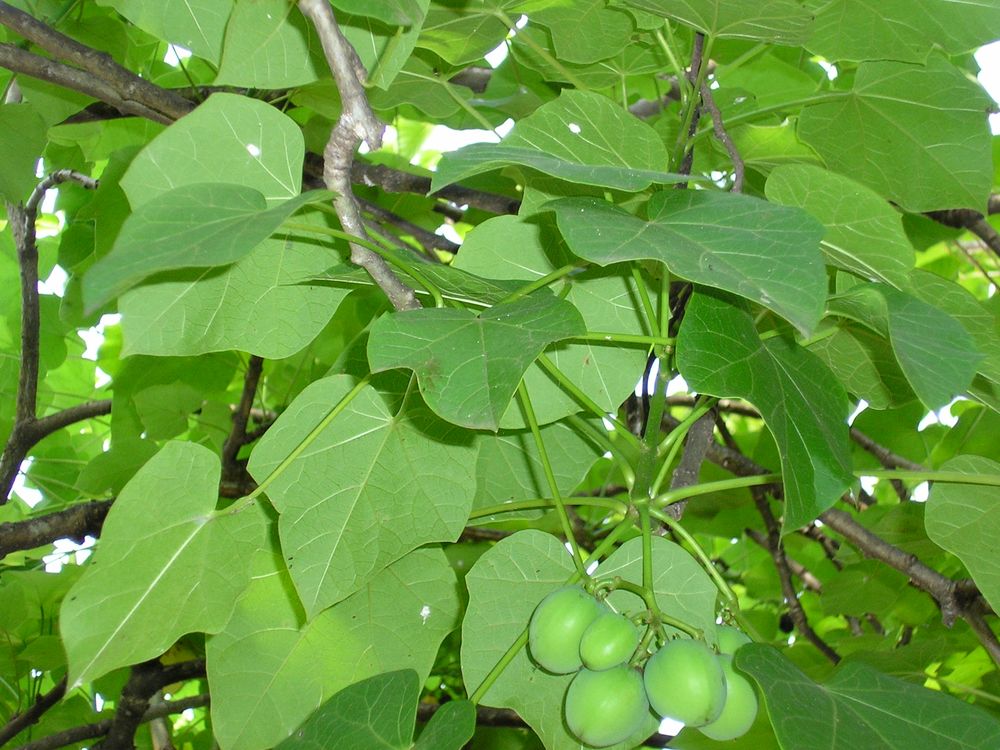
Mission NewEnergy Ltd
Add a reviewOverview
-
Sectors Online Marketing
-
Posted Jobs 0
-
Viewed 24
Company Description
Pests Of Jatropha

Jatropha Curcas is gaining importance commercially as the need of fossil fuels increases tremendously and likewise Jatropha is an eco-friendly energy plantation. Plantation of this plant is considered to be an exceptional fuel alternative and it is likewise extremely affordable compared to other fuels. Recently, Jatropha is facing some trouble with bugs and diseases. The bugs are categorized into 2 ranges: Pest that impact young plants and Pest that impact grown plants.
Young plant bugs: Cutworm, Scarabeid Beetle, Army worm, Grasshopper.
Agrotis ipsilon: It is frequently referred to as Cut worm. This pest impacts the seedlings and young Jatropha plants. If the plant is impacted by the cutworm, the stem gets cut nearer to the soil surface area and this will diminished the plant totally.
Control: This pest can be managed by selecting the larva found around the plants or by blending the bran, sawdust with insecticides.
Scarabaeid Beetle: This pest ruins the root of the young plant. Initially, the larva takes in the organic matters present in the soil and then pertains to the root. The larva attack might eliminate the entire plant.
Control: The plant with great resistance power can overcome the bug. For heavy attack, insecticides with parts carbosulfan and carbofuran can be used to eliminate the bug.
Army worm: Spodoptera litura presence can be identified by biting in the leaves. The extreme infection could entirely kill the plants.
Control: Insecticides are used to control the bugs.
Grasshopper: This prevails bug found in several plants. Valanga nigricornis and Locusta migratoria commonly attacks the plant. The bug typically attacks the young plant.
Control: The insecticides utilized betacyfluthrin, cypermethrin, thiodicarb, MIPC, and fipronil.
Pest observed in mature plants:
Pest of Stem: Ostrinia furnacalis, Xyleborus spp.
Ostrinia furnacalis and Xyleborus: This bug damages the Jatropha stem and it is widely seen in Indonesia. The stem attacked by this bug typically fall down. The presence can be determined by the larva penetration hole at the stem.

Control: The Insecticide generally used to control this insect is carbofuran.
Pest of leaf: The typical insects observed are leaf caterpillar, Neetle caterpillar, Leaf hopper, Mite, Ear corn caterpillar.
Leaf Caterpillar: This bug can consume all the leaves of the plant in brief period. The quality and yield of the seeds get lowered due to the heavy attack.
Control: This can be managed by picking the old larvae around the surface and throwing away the attacked leaves.
Needle Caterpillar: This caterpillar is covered with spinal columns and produces a burning sensation when permitted to contact with skin as it produces particular chemical compound. Initially the insect crowded in the leaf and then spread all over the plant when it ages.
Control: Manually, the bug can be killed only by soaking it in water or kerosene. The heavy attack can be managed by spraying organophosphate insecticides.
Leaf Hopper: This bug is found mostly in tropical and subtropical regions. The insect targets the leaf and draws all the nutrients of the leaf and gets curls at the pointer. Later, the entire leaf dry and pass away.
Control: The heavy attack can be controlled by using insecticides like imidachloprid, beta cyfluthrin or carbosulfan.
Mite: Mite likewise attacks the leaf and makes the entire plant weak. The insect presence can be identified when the leaf ended up being yellow-colored, shrinks, reddens and drop. The pest can also be spread out through fallen leaves.
Control: Some preventive measures can be done like correct sanitation and burning the fallen leaves. Heavy attack can be dealt with by spraying insecticides.
Some terrible bug which assaults flower and fruit are, Stink bug (Nezara viridula)
Chrysocoris javanus, Tip borer caterpillar.
Stink Bug: is a major pest which attacks the plant during bloom period so the crop yield entirely falls down. This pest is seen around the tropical region.
The hazardous enzyme in the plant shrinks the entire plant.
Control: Insecticides advised for this bug is chlorfluazuron, diflubenzuron, alfamethrin, and lamda cyhalothrin.

Tip borer caterpillar: The pests commonly happens attacks the plant in blooming season and this insect is seen commonly in tropical regions. The female insect laid the eggs on the tender part of the plant and the young larvae feed the young fruits and plant suggestions.
Control: Manually, the attacked seeds are advised to burn. The insecticides like monocrotophos and bensultap are sprayed at the flowering season.
